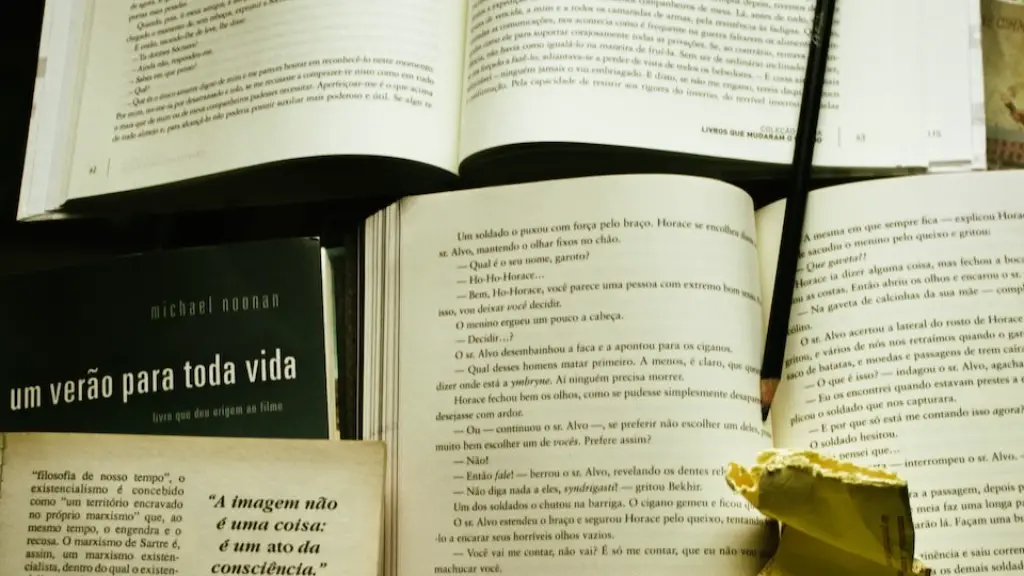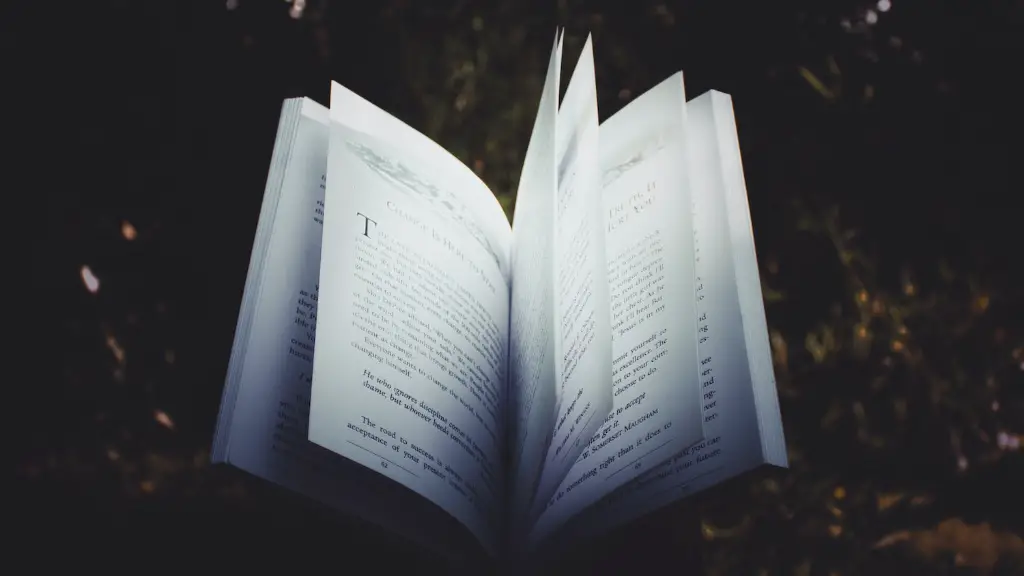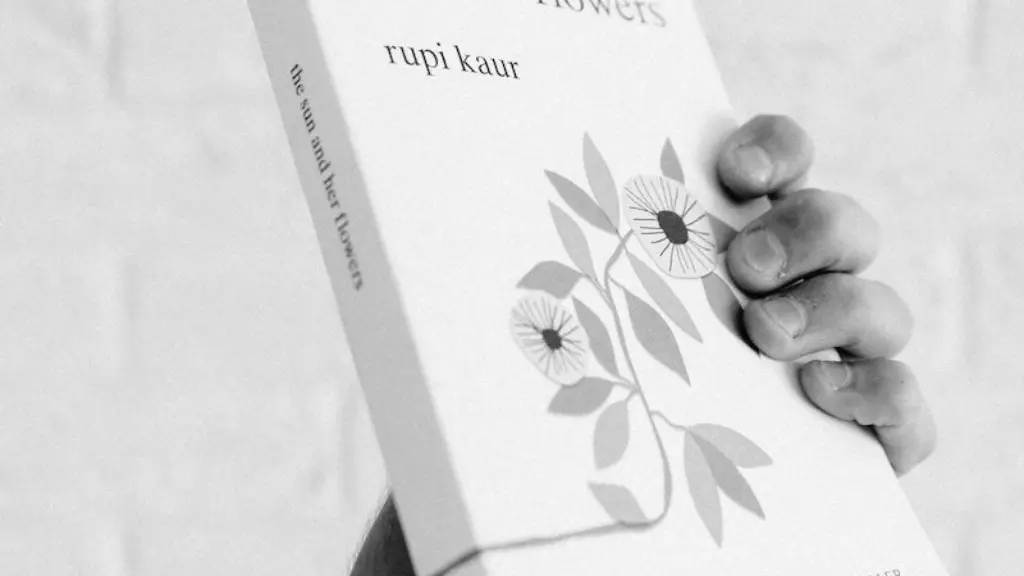Among the oldest forms of communication and self-expression, music and poetry remain closely linked in people’s minds. The official definition of poetry is “written or spoken expressions in verse or prose.” On the other hand, music, in its most basic description, is “an art of sound in time.” Needless to say, they appear far removed from one another beyond this simple explanation, yet through centuries of cross-pollination, they have become almost inseparable.
Whether it is the Greek ode, with which music is often associated, or the many contemporary works that draw heavily on the accomplishments of early composers and poets, the interdependence of music and poetry is undeniable. For example, one of the oldest types of music, chants, was originally delivered in the form of couplets, with the singing providing a sense of rhythm, rhyme, and meter.
But can music really be considered a form of poetry? To answer this question, it is necessary to understand the relationship between the two. In its most basic form, music is characterized by rhythm, harmony, and melody, while poetry is characterized by rhyme, meter, and imagery. Although there are distinct differences between the two, music and poetry are connected through the use of language.
Where music calls upon rhythm and melody to deliver a message, poetry relies on rhyme and imagery to convey an emotion or idea. Music, for example, often relies on the repetition of lines and choruses to achieve its desired effect, while poetry uses rhyming words and poetic lines to give its message more meaning. Similarly, poetry often relies on metaphors and similes to create a more vivid image, while music often uses different musical notes and structures to convey its desired emotion.
The combination of poetry and music has created many styles of music throughout history, such as opera and musical theater. As the interdependence between poetry and music has grown, some have gone as far as to argue that music is a type of “musical poetry”.
Classical Music
Classical music is often considered a form of “musical poetry”, as many of the great composers and lyricists have drawn heavily from the ancient forms of poetry and literature in their musical works. Examples of this are found in the works of Bach, Beethoven, and Mozart, among others. Not only do their compositions incorporate the rhythmic and melodic elements of music, but also the poetic elements of rhyme, meter, and symbolism.
For instance, a great deal of the classical compositions of Handel and Bach are based on biblical stories. In these works, Handel and Bach used traditional forms of music alongside poetic devices to convey the narratives and emotions associated with the stories. Another example is the Baroque-era cantatas, in which Bach used symbolistic, pictorial language to express religious themes.
Even more recently, many of the world’s greatest composers and songwriters have taken advantage of the integration of poetry and music in their works. Examples of this are found in the works of Andrew Lloyd Webber, W.A. Mozart, and John Williams. Their works often incorporate both music and words to create a fully engaging and immersive experience for the listener.
Modern Music
Modern music, too, has been heavily influenced by the longstanding relationship between poetry and music. In the 20th century, musical theater and the blues heavily utilized poetry and music. Examples of this can be seen in the works of Stephen Sondheim, Bob Dylan, and Bessie Smith.
The musical theater works of Sondheim often blur the line between poetry and music with his use of witty and sharp dialogue within his songs and complex and intertwining melodies. Meanwhile, the blues music of Bob Dylan and Bessie Smith often featured storytelling innovation with poetic devices.
The integration of poetry and music has also shaped other genres such as rock, rap, and country music. Many great songs from these genres have employed poetic devices in their lyrics, such as alliteration, metaphor, and imagery. Rappers such as Eminem and Jay-Z have often used clever wordplay and witty satire to captivate and engage listeners.
Conclusion
From its earliest days to its current influence on modern music, the integration of music and poetry is undeniable. Music has been described as “an art of sound in time” and poetry as a “written or spoken expression in verse or prose”, and both have been inseparable since ancient times. Music has been used to convey emotion and describe tales and stories with poetic devices, while poetry has been utilized in many songs to provide extra meaning and context. Ultimately, music and poetry are intertwined, and both can be used to deliver powerful messages and evoke strong emotions in listeners.
Romantic Music
Romantic music often combines emotional lyrics, melody and orchestral accompaniment to create a romantic atmosphere. The romantic period was a time of great experimentation in music, with composers such as Schumann and Mendelssohn creating some of the most beautiful and moving melodies of all time. Romantic music is marked by its expressive melodic lines and a tendency toward expanded harmonies to create a sense of longing and emotional intensity. Instruments such as strings and woodwinds were often employed to imbue the music with a lyrical quality.
The poem-songs of Schubert further demonstrate how music and poetry were intertwined during this period. He often composed music to accompany the poems of Goethe and Schiller, blending poetic stories with romantic melodies. Other composers also integrated poetical texts into their works, such as Chopin’s polonaises and Dvorak’s spiritual folk songs. Some Romantic works, such as Richard Wagner’s operas, also melded text, music and drama together in passionate compositions.
Blues Music
The roots of blues can be traced back to the work songs and spirituals of African Americans in the 19th century. The genre is notable for its use of poetic devices such as alliteration, personification and metaphors to describe hardships, joys, and longing. Blues lyrics often feature repetitive choruses and anecdotes that contain a moral lesson.
The blues genre also developed its own distinct sounds. Guitar and piano were often used to provide a simple and direct accompaniment to the singer. The slow and rhythmically free 12-bar harmonic pattern was also used to create a strong sense of melancholy or longing. Blues musicians often emphasized the instrumental “break”—a solo improvisation that could convey an emotional message, often through blues scale notes.
Jazz Music
Jazz also became heavily associated with poetic expression from the early 20th century. Although it had existed in several regional incarnations before this time, it was only in the Progressive Era that jazz began to be established and popularized on a nationwide level. The mix of European, African, and American songs that characterized early jazz created a unique form of expression that carried with it an improvisational element, which was often improvised in a lively and melodious manner.
Jazz musicians often utilized syncopation and polyrhythms to create an “in-the-moment” feeling that resonated with audiences and listeners alike. In addition, jazz also employs the use of poetic devices such as meter, rhyme, and alliteration. Poetic materials were also often drawn from literature, theatre, and popular culture. Greats such as Louis Armstrong and Ella Fitzgerald drew from the popular culture of the time to create some of the most iconic and memorable jazz songs of the era.
Pop Music
The proliferation of popular music in the 20th century also saw poetry being adapted to popular use. The development of radio and television in the post-war period allowed songs to reach audiences in a way that had never before been possible. Along with the spread of popular music, poetry began to be used in clever and meaningful ways in pop songs.
The Beatles, one of the most successful bands of all time, often incorporated poetic devices such as metaphors and similes into their lyrics. This helped contribute to the band’s success, both in terms of sales and critical acclaim. Similarly, the many Motown and soul songs of the 1960s, such as Marvin Gaye’s “What’s Going On”, incorporated the use of symbolism and metaphor in the writing of the lyrics.
The use of poetry in songs does not only extend to the past, however. Many popular songwriters and musicians today continue to fuse poetic devices with popular music. In Rihanna’s “Umbrella”, for example, the singer uses metaphors and imagery to evoke strong emotions and create a lasting impression on listeners.
Conclusion
The interdependence between music and poetry can be traced throughout history, with poetry often finding its way into musical forms. Music has served as the perfect platform to express stories and ideas through lyrics, while poetry has been used to express emotion and add extra meaning to music. Whether it be through classical compositions, musical theater, blues, rock, rap, or pop music, the tight integration of music and poetry continues to shape the musical landscape.


